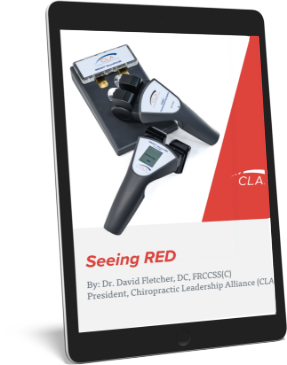By Dr. Christopher Kent
Antonovsky coined the term “salutogenesis” in 1979. It is derived from “salus,” which is Latin for health and well-being. Salutogenesis, therefore, is the opposite of pathogenesis. The salutogenic model focuses on the causes of global well-being rather than the etiology of specific disease processes.
Antonovsky proposed that the key factor in salutogenesis is a person’s sense of coherence (SOC). He defined SOC as “a global orientation that expresses the extent to which one has a pervasive, enduring though dynamic feeling of confidence that one’s internal and external environments are predictable and that there is a high probability that things will work out as well as can reasonably be expected.” [1]
Kobasa [2] described three common factors in people who enjoy health, even when confronted by challenging circumstances. They are:
- Control: the person’s belief that he or she is able to influence the course of events.
- Commitment: Embracing a curiosity for, and sense of meaningfulness in life.
- Challenge: The individual’s expectation that it is normal and beneficial for life to change.
Smith [3] published a comprehensive review of salutogenic mechanisms in the brain, noting that the components of a person’s SOC are comprehensibility, manageability, and meaningfulness. Other factors that contribute to salutogenesis include social support, spirituality, happiness, humor, and love.
Salutogenesis is more than a realization that attitudes affect outcomes. Salutogenic theory goes to the very essence of neurobiology. It has been noted that neurological processes (as well as anatomical structures) are remodeled by sensory input. These processes, collectively termed neuroplasticity, are operative at all levels of the nervous system.
Smith [3] wrote that these mechanisms range, “from the afferent activity of peripheral sensory receptors to the efferent activity directed toward neuroendocrine organs, blood vessels, and muscles. Although the selectivity of perception probably makes it impossible to be aware of everything that is happening throughout the body, it is evident that these regulatory processes are essential for one’s health, and that they provide the basis for functional salutogenic mechanisms of the brain.”
Smith further noted “an organism with a salutogenic brain would experience the world as manageable and coherent…with a self-perpetuating cycle for enhancing self-confidence and well-being.”
From a chiropractic perspective, a salutogenic brain is one that receives afferent information concerning the internal and external environments without interference. If this world-view and self-image are not distorted, the brain will issue efferent mental impulses that give rise to qualitatively and quantitatively appropriate responses.
As the process of life unfolds, the human experience sculpts the anatomical and functional mechanisms of the nervous system. Whether the result is a life that gives honor and dignity to our potential, or a grotesque caricature of the life which could have been, is up to us.
As human beings, we have the ability to control the modulating factors in salutogenesis. We can choose to experience social support, spirituality, happiness, humor, and love through a nervous system free of distortion and interference. We can exercise control, commitment, and challenge through biomechanisms, which are not compromised by vertebral subluxation.
As chiropractors, we have the ability to empower others to lead salutogenic lives.
References
1. Antonovsky A: “Health, stress, and coping: New perspectives on mental and physical well-being.” San Francisco. Jossey-Bass. 1979.
2. Kobasa SC, Hilker RR, Maddi SR: “Who stays healthy under stress?” J Occup Med 1979;21(9):595-8.
3. Smith DF: “Functional salutogenic mechanisms of the brain.” Perspectives in Biology and Medicine 2002;45(3):319-28.




























































